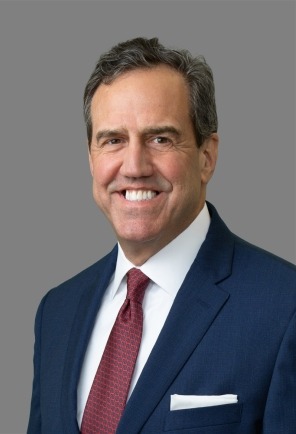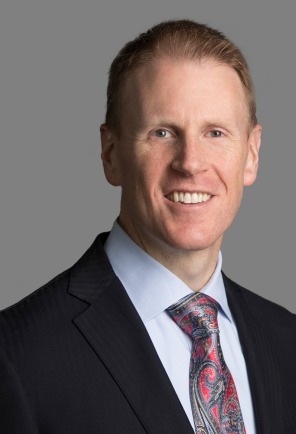Planning for a Highly Uncertain 2021 in the Automotive Sector
Back in 2019, if you asked commentators which markets would hypothetically suffer most damage from a prolonged global shutdown, the automotive industry would have been near the top of the list. High fixed costs and capital-intensive operations mean that when factory doors are closed, few industries bleed money as quickly.
COVID-19 has tested the ability of automotive original equipment manufacturers (OEMs) and their suppliers to cope with exaggerated swings in production levels and unprecedented levels of uncertainty. “Some U.S. OEMs, having seen production dip from near 100 percent of capacity down to 25 percent in just a few weeks, then had to ramp production lines back up to 100 percent of capacity in the third quarter,” says Rick Kozole, Alvarez & Marsal (A&M) Managing Director and senior leader in the firm’s global Automotive, Aerospace & Defense, and Industrials team.
Even if consumer demand has generally been stronger than some expected when economies around the world were locked down in the spring, the pandemic has also brought about significant changes to consumer behaviors and buying habits, including lower reliance on mass transportation over the long term. These changes, however, are still in the early stages and are creating new stresses through the supply chain. “OEMs inevitably want to minimize the inventory they have on hand. This creates pressures for Tier 1 and Tier 2 suppliers, as the manufacturers will want to preserve flexibility and agility to ramp production up at short notice,” says Mr. Kozole.
To A&M Managing Director Geoffrey Pollak, monitoring customer health should be another key consideration for OEMs and Tier 1 suppliers: “Manufacturers and suppliers need to prioritize transparency and determine what changes to supplier relationships are necessary to preserve robustness through the supply chain.”
Pressures in automotive supply chains are nothing new, of course. Indeed, the events of recent months may have accelerated existing trends rather than creating entirely new crises. “Manufacturers and suppliers have been grappling with declining diesel sales and a mass pivot to electrification and hybridization for years now,” says A&M Managing Director Andreas Knott. “We expect COVID-19 to provide a new impetus for automakers to speed up their transitions to digital and green technologies.”
Charles Moore, A&M Managing Director, shares the view that the move to electric powertrains has reached a point of no return: “Most OEMs are significantly increasing investment to support electrification over the next five years, and this will force suppliers to make tough investment decisions. With limited capital to deploy, suppliers will have to decide which technologies and customers they will put the most dollars behind.”
Liquidity has not yet caused significant crises for automakers and suppliers, but increased debt loads from debt financing obtained during the pandemic mean that cash flow and lender relationships are likely to be short- and medium-term priorities. In Mr. Kozole’s view, “Corporates should be working closely with lenders now in advance of next year.”
Even though Western governments have generally provided robust fiscal support since the spring, covenants will not be waived forever and repayment holidays will also come to an end. In addition, “Uncertainty around the policy and regulatory agenda on trade and the environment in the U.S. over the next four years is also weighing on boards,” says Mr. Moore.
Cash flow may well be a limiting factor in implementing transformations, and the ability to boost free cash flow from operations in order to pay down debt and lay the groundwork for strategic investments will be critical. “Initiatives that rethink footprint or right-size the workforce inevitably come with a cost, and companies that are hamstrung by structural inefficiencies and lower cash flows may not actually be able to deliver the kinds of transformations they want,” says A&M Managing Director Roger Bayly.
To Mr. Knott, the pressures of 2020 are causing OEMs and suppliers to consider ‘sacred cows’ that had not previously been countenanced as part of operational restructurings: “Traditional ‘heritage’ locations, or particularly complex product lines (even if central to the overall brand offer) are all part of the conversation.” Companies up and down the automotive supply chain must plan tactical moves to solidify the balance sheet through uncertain weeks and months ahead, as well as taking into account seismic long-term shifts such as the global transition towards green energy.
As companies prepare for a uniquely uncertain year, executives should be engaged in scenario planning that goes beyond simply profiling demand levels and vehicle volumes. Companies can plan with more certainty by focusing on cash flow and supplier health, fostering greater cohesion through the supply chain. There is no question that automakers and suppliers still face headwinds, though, and companies will need to pull every lever available to ensure stability through 2021.
Click here for a PDF of the newsletter >
Stay informed about the key issues driving companies to seek meaningful, lasting change in From the Inside Out, our corporate transformation newsletter.







